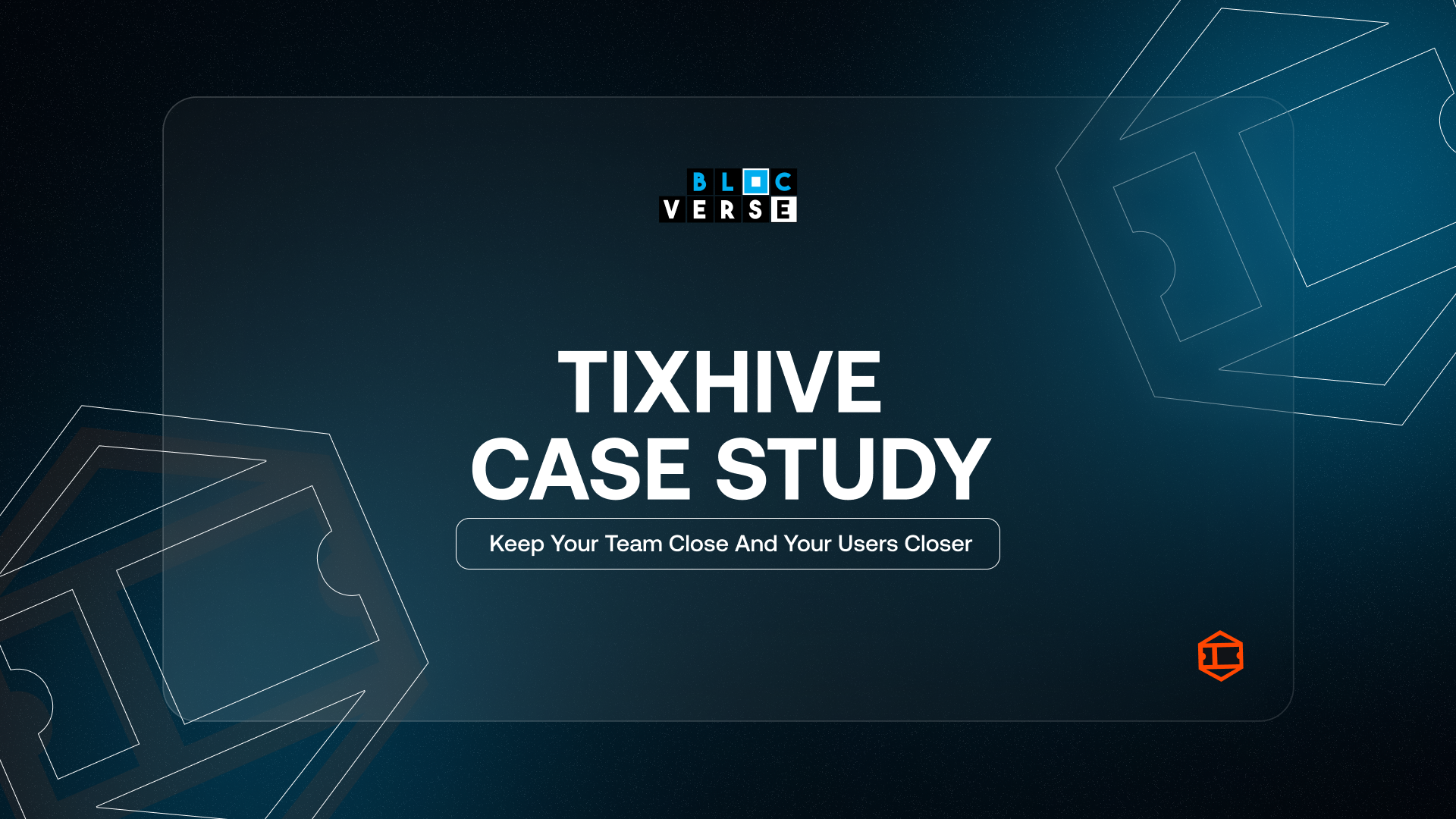Our First Product At Blocverse
Tixhive or Bloc-Ticket as it was first named before rebranding, was an idea birthed from emerging winners after a hackathon in December 2021.
The hackathon project was an art engine and a minting DApp (Decentralised application) that could generate art from assets by randomization and render them as NFTs (Non-fungible Tokens), we had our custom assets.
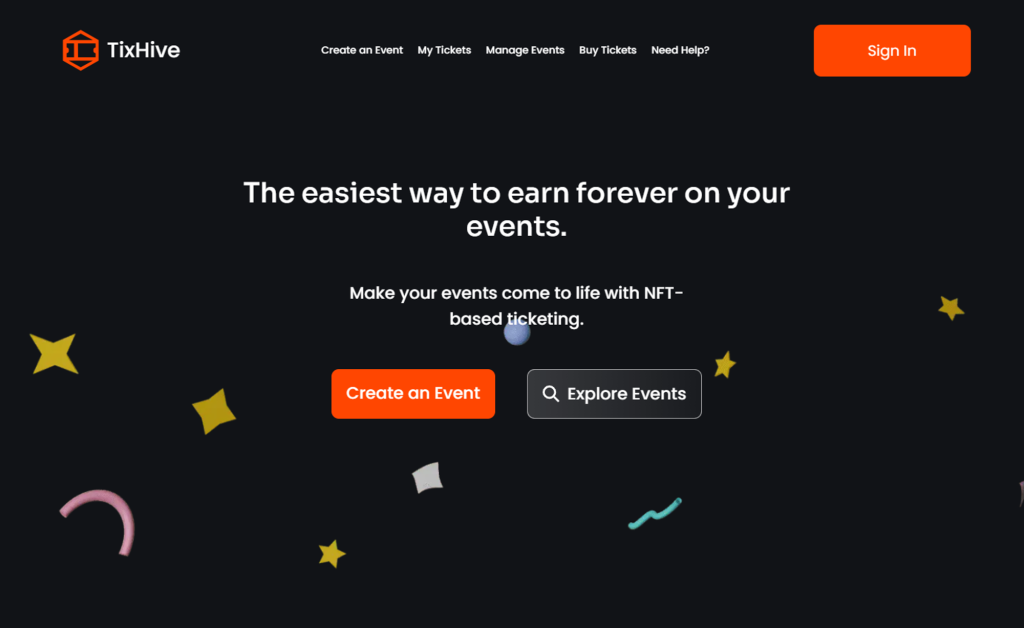
Upon returning home from the event, my team member TC (CEO at Blocverse) came up with the idea of infusing the same technology into event tickets, and so we did.
We created Tixhive; an event ticketing platform built with an NFT minting DApp.
This time, instead of minting just NFTs, they were tickets as well, consisting of the name of the event, event venue, time, and other important information.
How We Built Tixhive MVP
Every event is recognized as an NFT collection, so every ticket is an NFT in that collection. This also means that every ticket is unique and immutable.
The event abbreviation is converted to a ticket name, and we made sure that details like the event venue were editable since the venue can be changed in the venue.
Moving To Lagos To Market Africa’s First Event Ticketing Platform On The Blockchain.
Most of the second quarter of 2022 was spent meeting influencers, touring events mostly tech events, and a few social events. We focused on tech events because they better understood our technology.
We approached event organizers (or event creators as we named them on our platform) who were amazed by the solution and the possibility of seeing NFT technology in a new light.
However, it took them a little thought to realize they didn’t need the platform. It did not solve their pressing needs like getting funding for an event or attracting attendees.
Some excited ones still got on board, sometimes because we offered other services in return, such as sponsoring tickets for their attendees in the case of paid events and helping them organize their events.
These were services done just to be one of the ticketing platforms they would use.
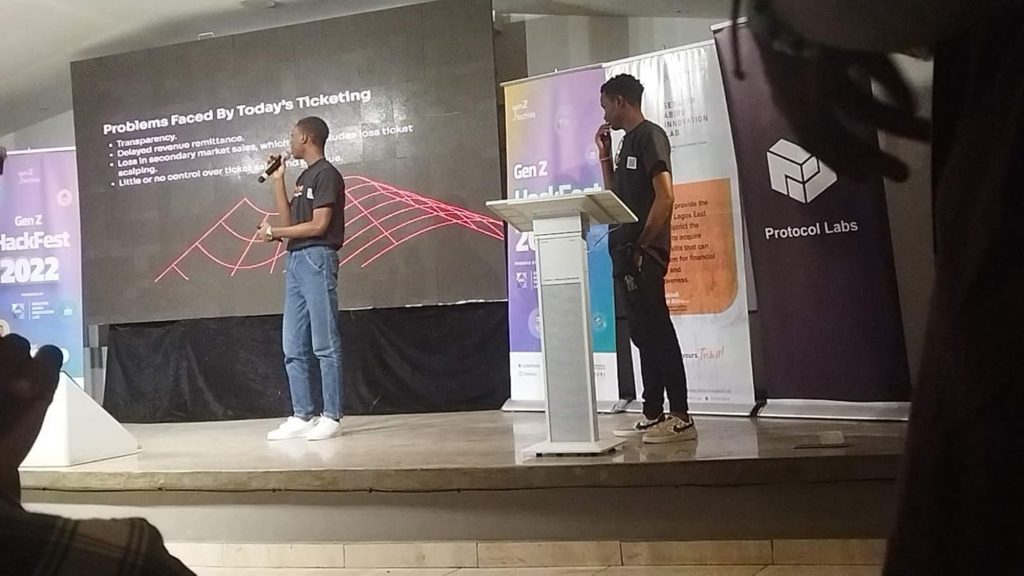
This approach wasn’t sustainable in the long run. We also tried reaching out to investors, but that didn’t go as planned. The best we got was an investor who was more interested in us as a team than in the product.
We did our first iterations after hosting a few events on our platform, a few things we found out from speaking to event creators and from the ticketing industry at large.
We felt that since event creators needed more money before and after their events, they could leverage the secondary market for tickets.
Therefore, we pitched the concept of a secondary market and how event creators could tap into the resale of their tickets. We explained how much could be made even after their events, and how they could grow a community around their events and ticket sales.
For us, the solution to earning royalties from the resale of tickets was NFT technology.
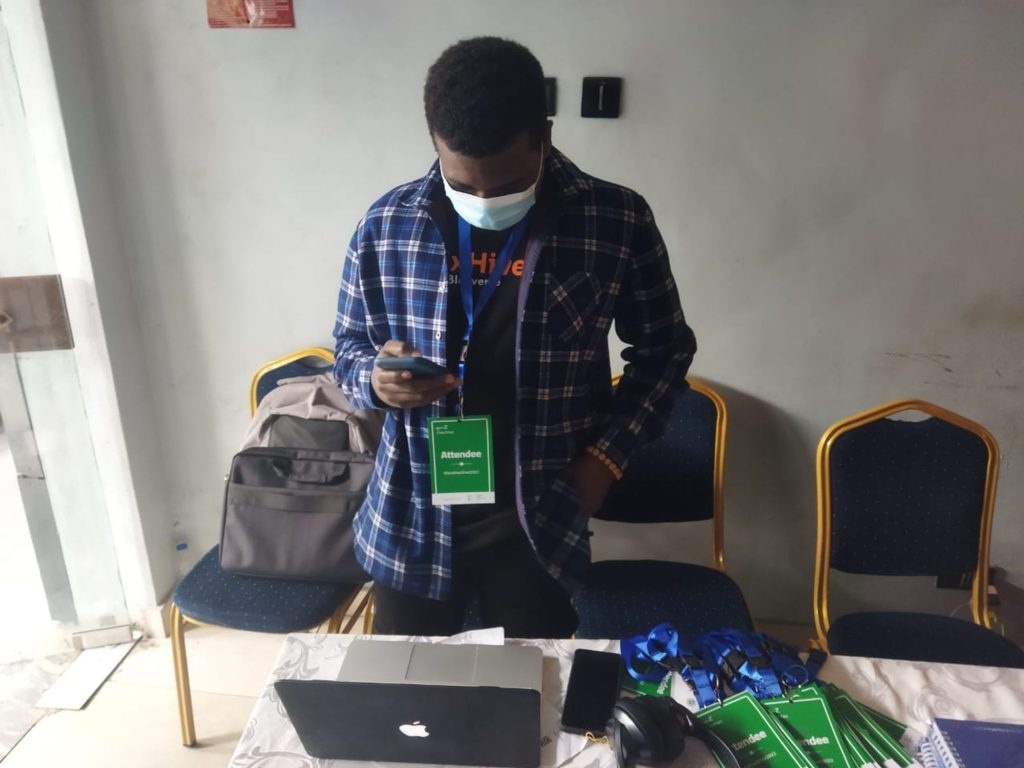
However, we still couldn’t convince event creators because it takes significant dedication to grow a community and create traction from reselling tickets for events that are already done or yet to be done.
Except of course, you are a superstar like Davido or Wizkid (Afrobeat musicians).
It dawned on us that we were forcing a solution to a problem. Yes, reselling tickets does exist, and there is a secondary marketplace somewhere, but we might have been speaking to the wrong event creators, who were mostly tech event organizers.
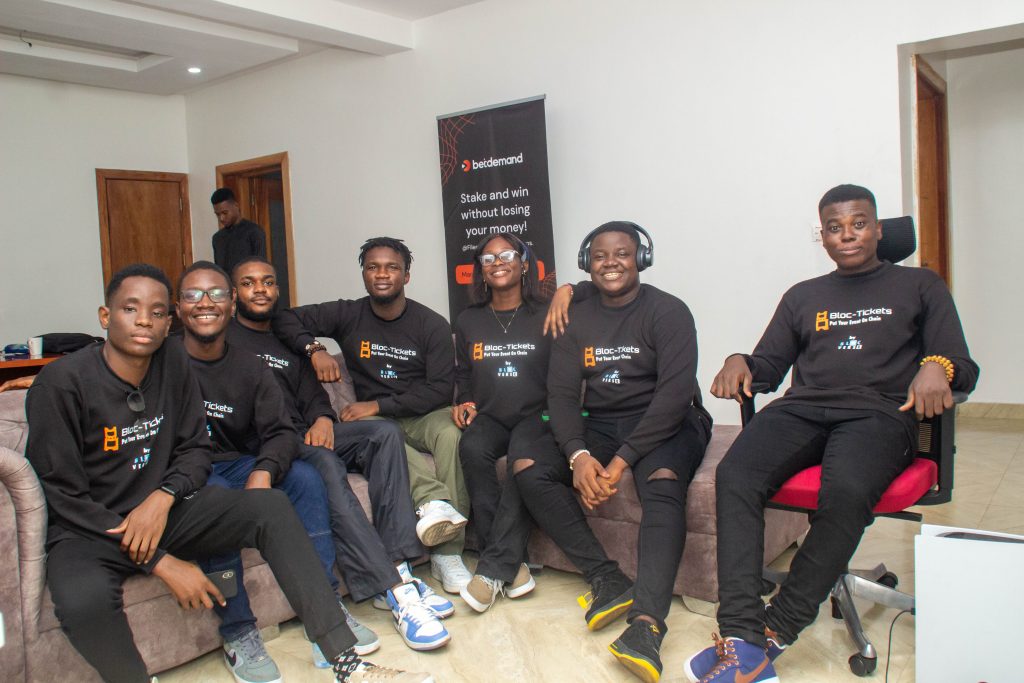
Restrategizing Using A Product Discovery Approach
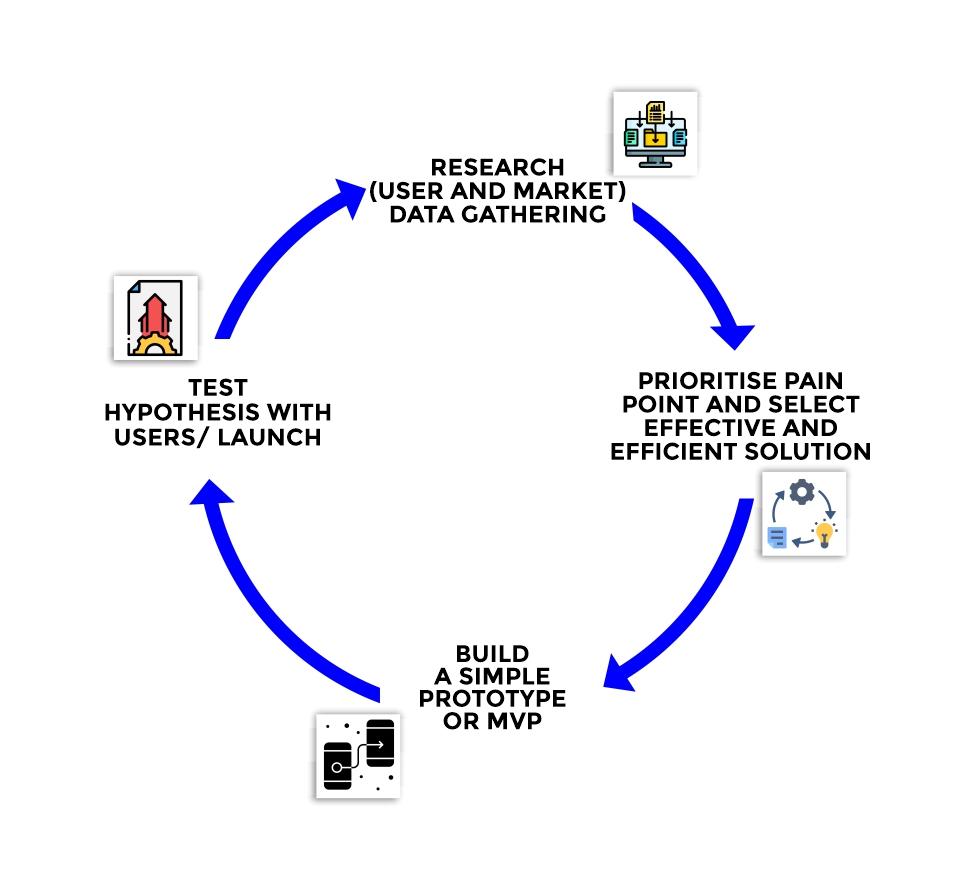
- Understanding Our Users:
- It was time to go back to our drawing board and re-strategize, this time with our users in mind.
- Event Creators
- We met with event creators to learn about their major challenges and pain points, which were mostly around funding and marketing.
- It was a chicken-and-egg problem: investors and partners won’t come in if they don’t see sufficient numbers of people willing to attend, and it’s hard to achieve that without funding.
- We asked them questions about how they secure funding for their events and how they market them. Interestingly, we learned more from event creators in the entertainment industry than from those in tech.
Event Attendees
We also met with attendees to understand their challenges and what inspired most of them to attend an event. They were mostly inspired by friends and influencers who were also attending the events.
Event Investors and Partners
For investors and event partners, it was about hitting specific company OKRs, such as the number of app downloads or sales at the event, and brand marketing.
Studying The Event Ticketing Industry, But This Time With An Interest In Detecting Problems And Space We Could Fill
We studied the secondary ticketing market more thoroughly than before and observed that reselling tickets had an advantage: it also helped create hype for ticket sales.
Ticketmaster, for instance, built a secondary market for tickets, particularly in sports. They are the masters of tickets for a reason. We found out how other ticketing platforms personalized events and ticketing at the attendee level.
By showing similar events after attending one and creating social campaigns (e.g., “I am attending this event” flyers), attendees could share on social media about the events they were attending.

- Putting Users’ Pain Points And Solutions Side By Side And Prioritizing What Matters To Users The Most
There will be no secondary market if the tickets are not completely sold out or if the event is a flop
We had to focus more on what we could control, which was ticket sales. We could do this by relying on attendees’ networks. If someone finds an upcoming event interesting, there is a chance they would talk about it on social media and invite their friends or colleagues.
We decided to leverage attendees’ networks and incentivize them to share with friends, thereby increasing the odds of sharing and boosting ticket sales.
We developed an incentive mechanism for attendees to share events they liked because their network or friends were more like them.
Optimizing the types of events we recommend and market to users was also crucial so that we don’t become noise to them
Figuring out what kinds of events users would like to attend was important because that was the only way they would pay attention to our recommendations and attend many of the events.
They would then share with their friends who might also be interested. We did this with a survey at the beginning of the user sign-up process on the platform.
We also realized that the main reason event creators host free events is to ensure high attendance
So, all we needed was to guarantee event creators more attendees and more money from ticket sales. With that traction, creators can put things in place, and investors can see the potential of an event.
With this, creators who initially hosted free events but are dedicated to providing value will be encouraged to create paid events.
- It Was Time To Build Tixhive Version 2
By the end of 2022, the bear market had hit hard. We were low on funds individually, as friends who had just graduated and some of us still in university had no side jobs.
As a business, we could not complete the build. We needed something to sustain the company, so we fully transitioned into being a product studio for other Web3 founders. It was already something we did on the side, so the transition was easy.
Conclusion
Get users involved as early as possible: As soon as the idea kicks in, speak to potential users about it, and ask them about their challenges and pain points. This will help you validate your idea
Choose an effective solution: Users don’t care about your technology; they care about their problems. As Paul Graham, co-founder of Y Combinator, said, “The best way to build a business is to start with an unscalable approach.”
Understand your market: know the market size, study other businesses providing similar solutions, and find out how they are generating revenue. Understand their business model, and see if you could design a better one or make an addition.
If you are going to fail, fail fast: Prioritize the pain points you want to solve and develop a simple prototype to test your hypothesis. Present that hypothesis to your users and analyze the solution’s performance.
Finally, take feedback and keep iterating. Building a product involves both sprints and marathons. It took Airbnb 9 years to become profitable, Uber 15 years, and Tesla 17 years.
You will need to iterate as much as possible and stay excited enough to keep building the product even over the next five years.


